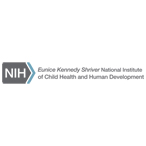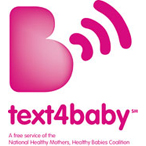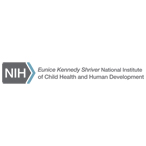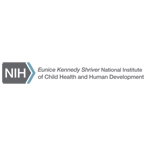Higher Oxygen Levels Improve Preterm Survival, Increase Risk for Eye Condition
Two findings from an NIH research network study provide new information on how much oxygen very preterm infants should receive starting on the first day of life and the most effective means to deliver it to them.






 BACK TO TOP
BACK TO TOP